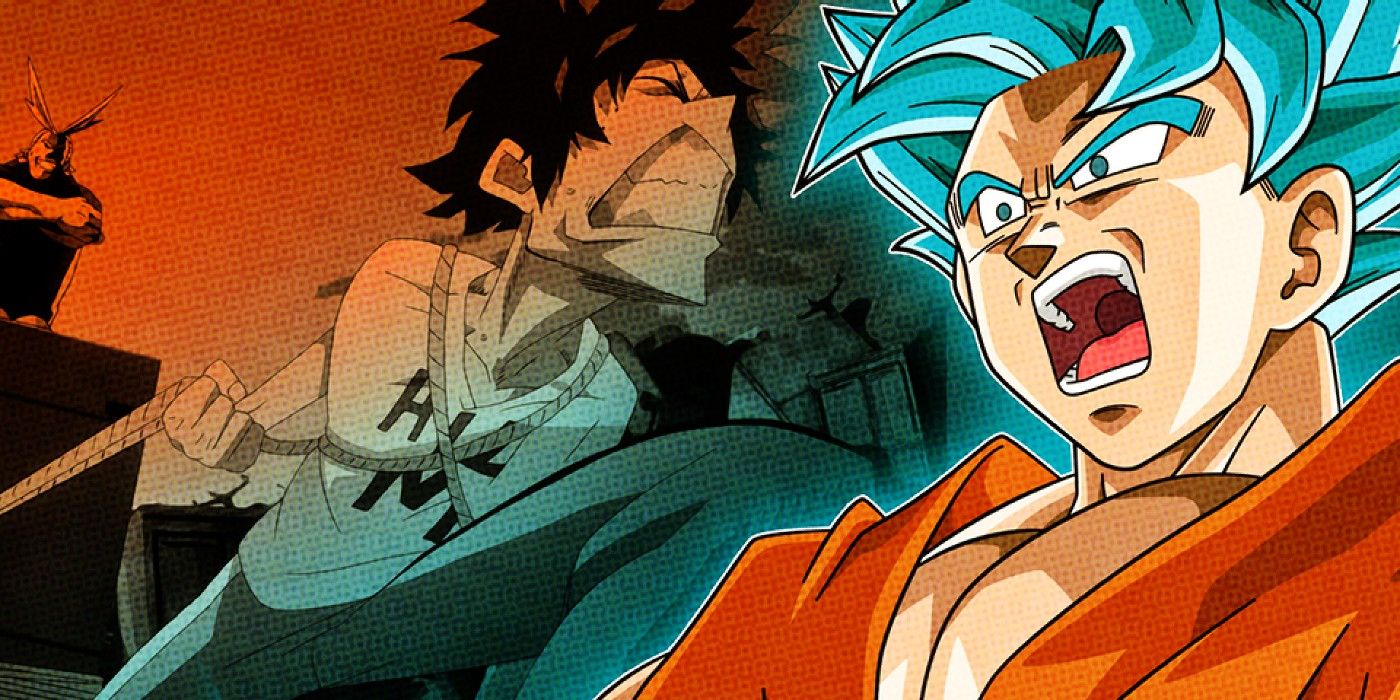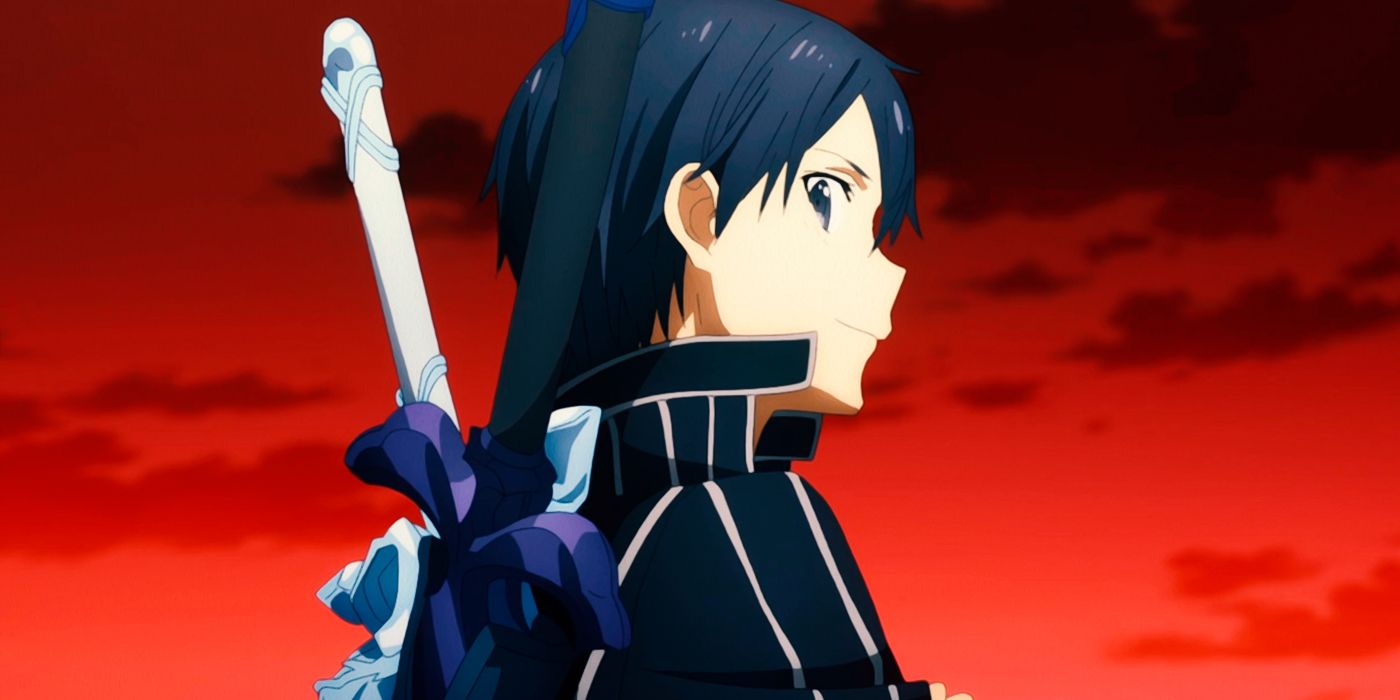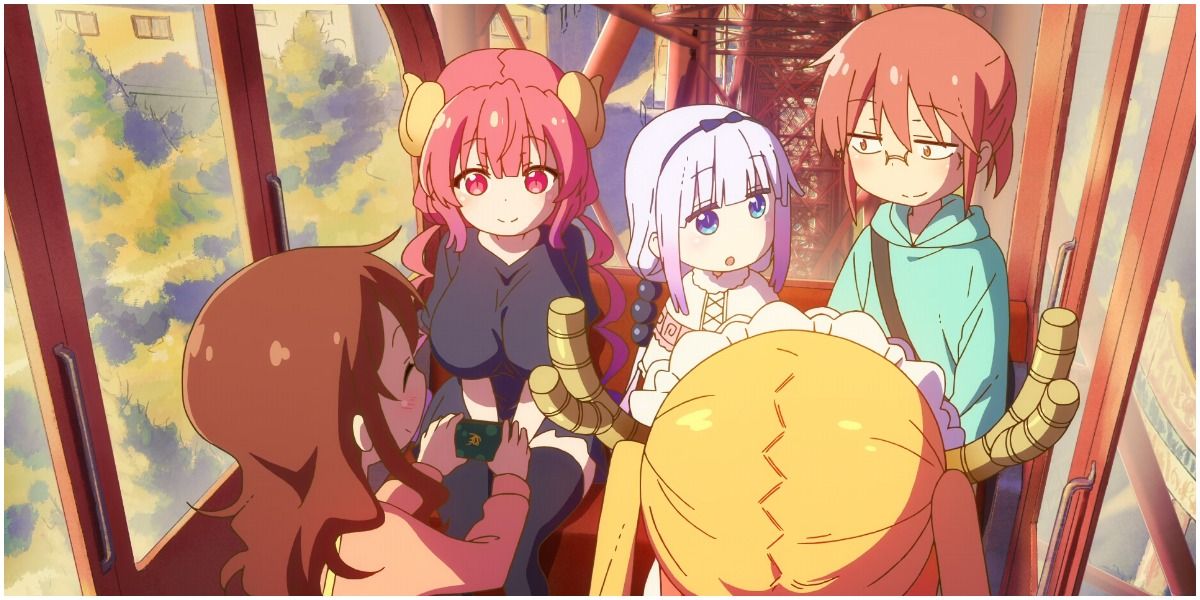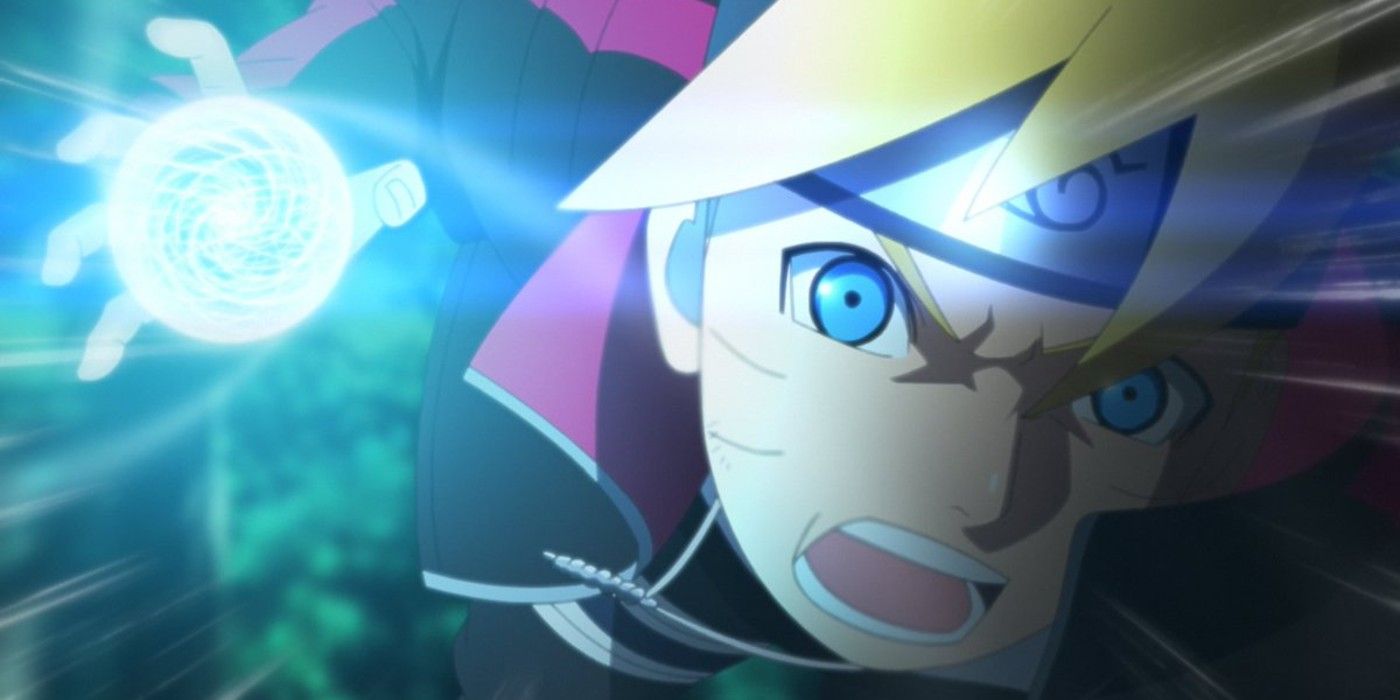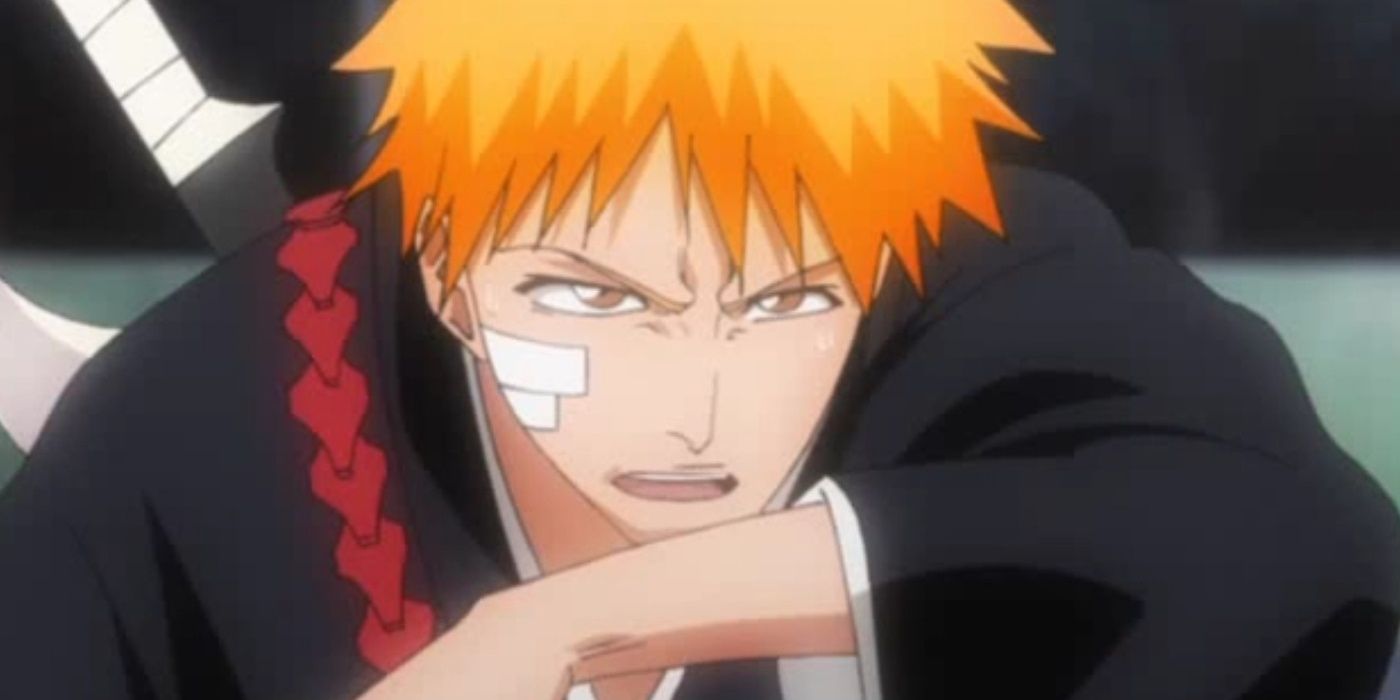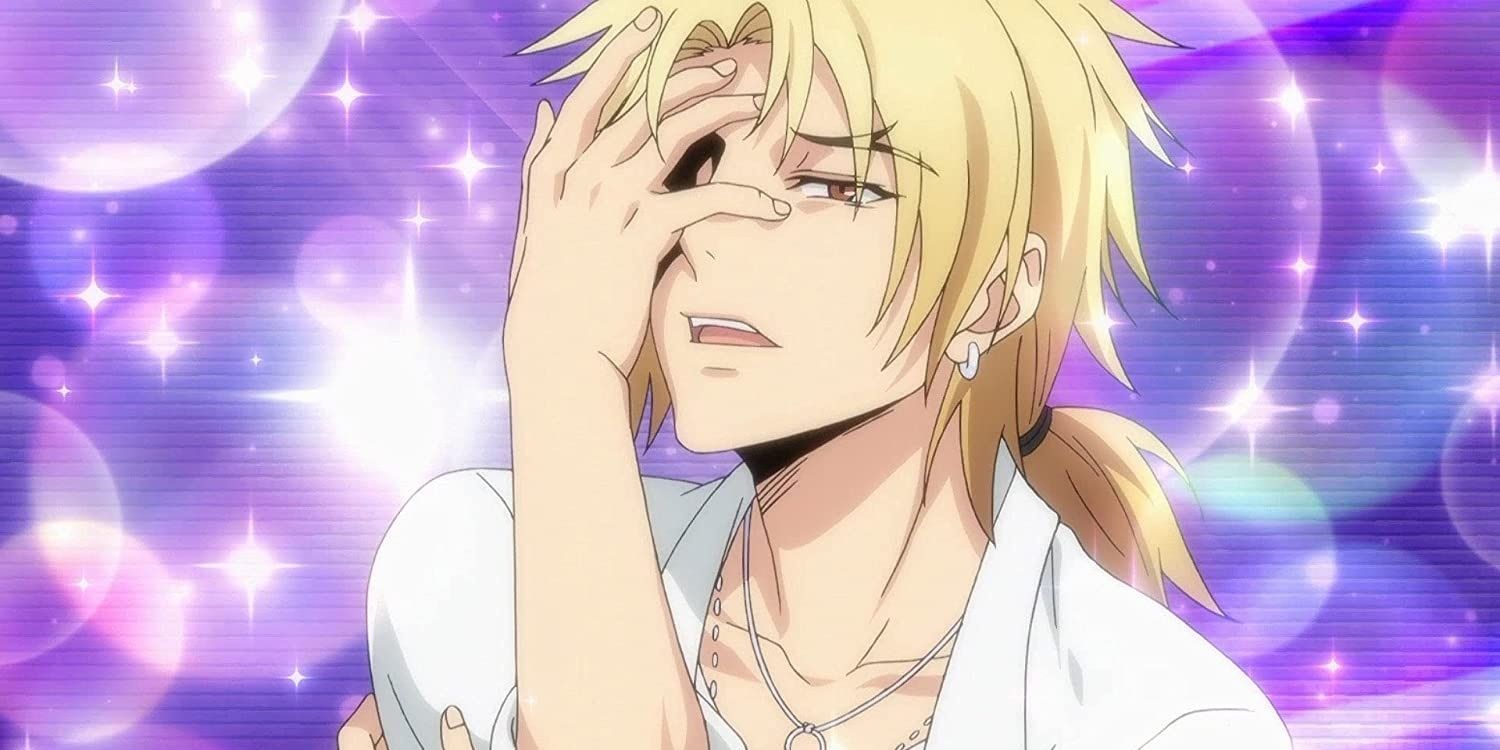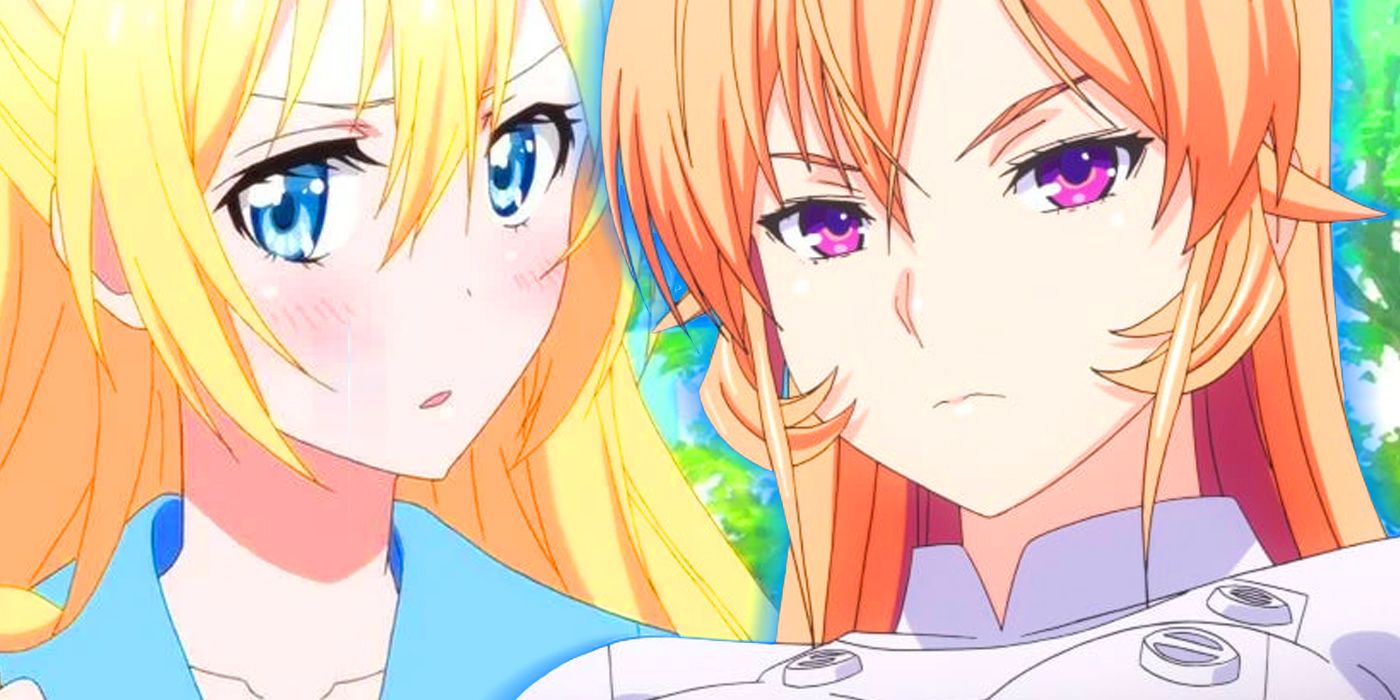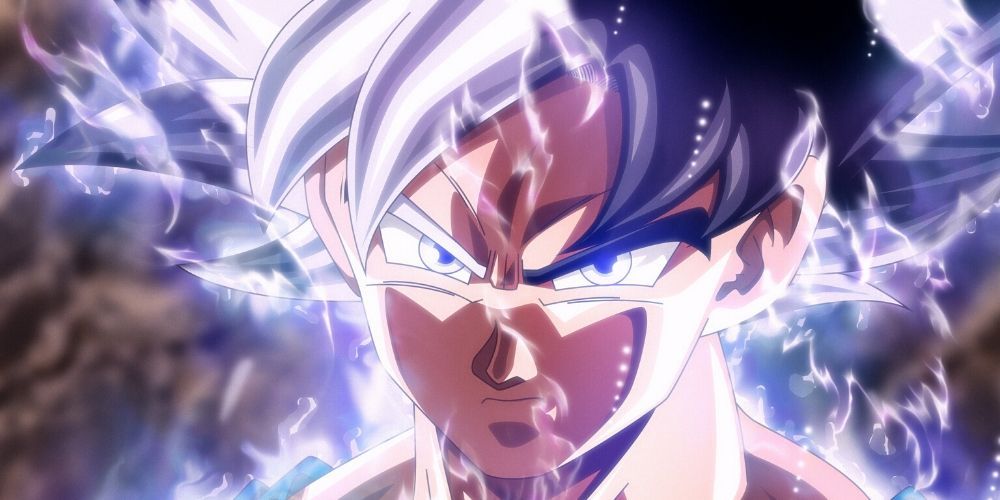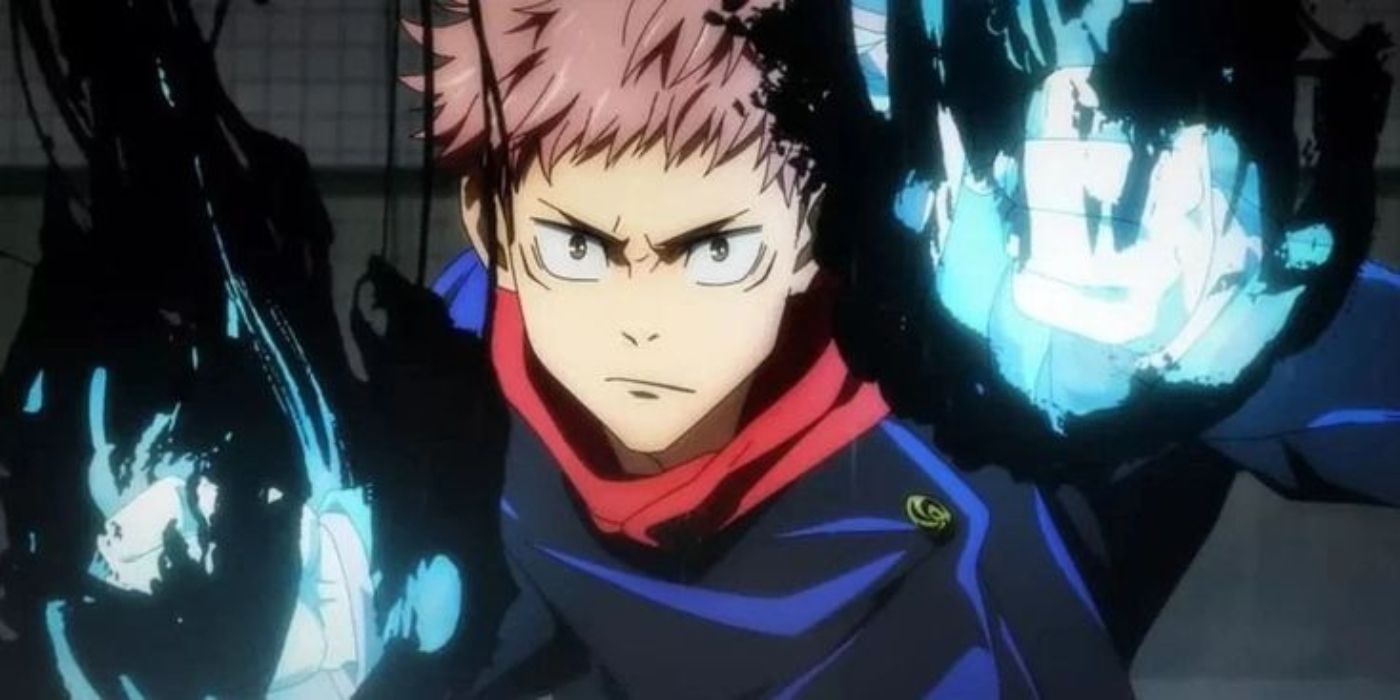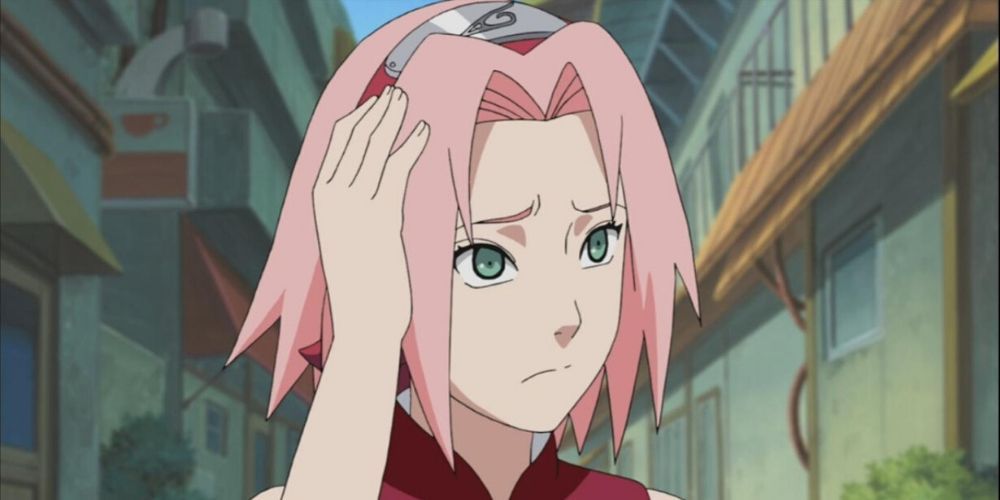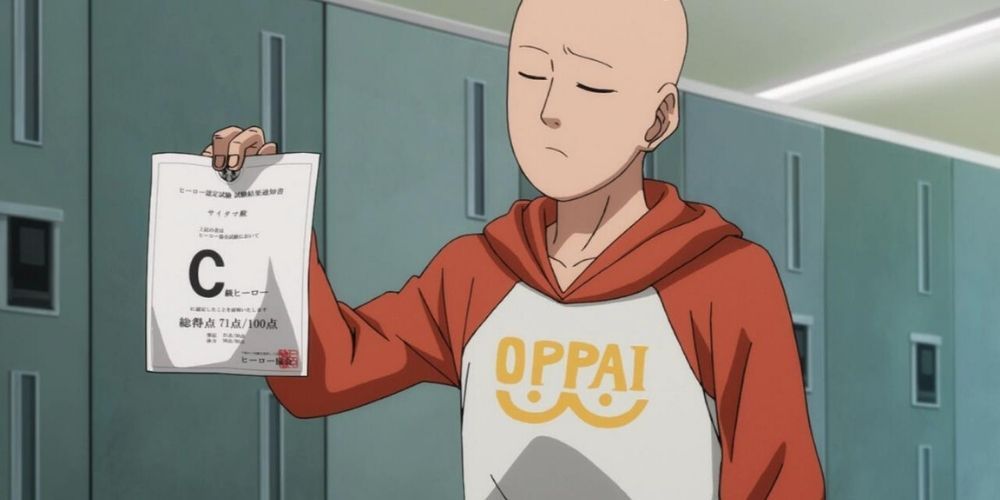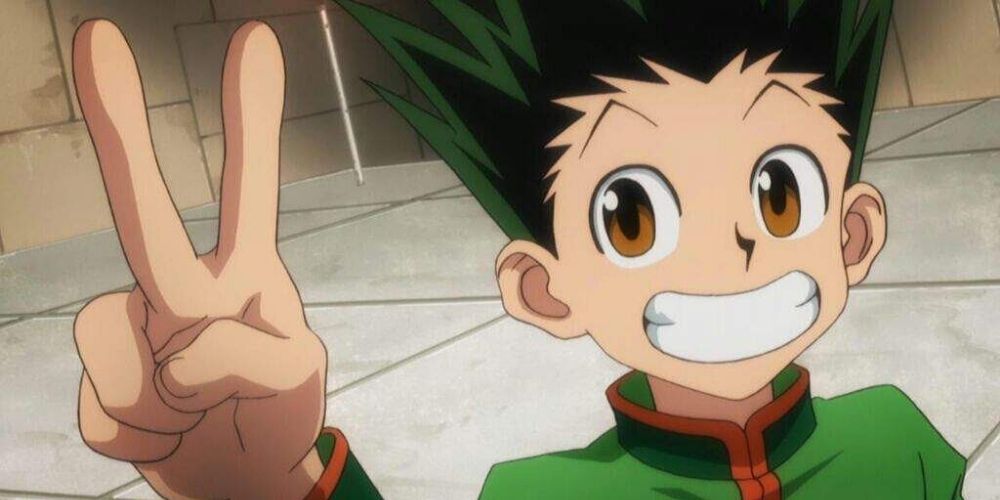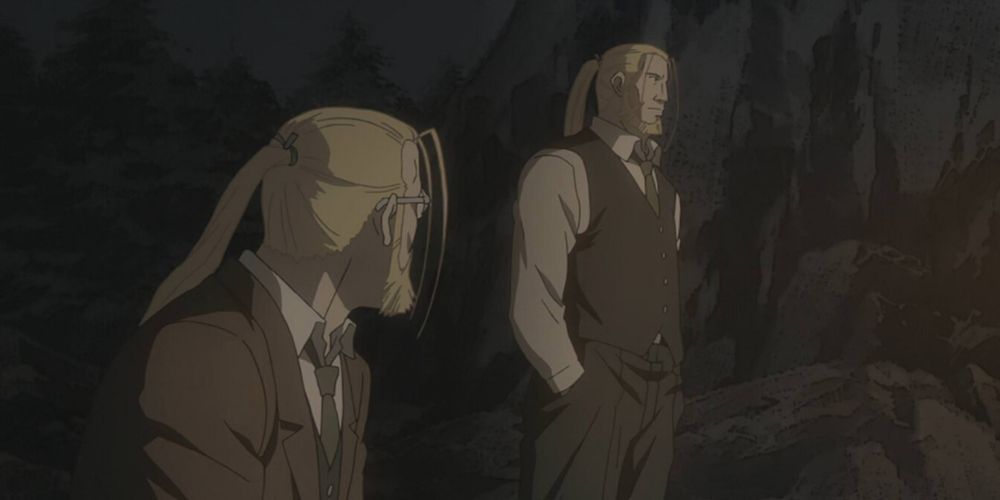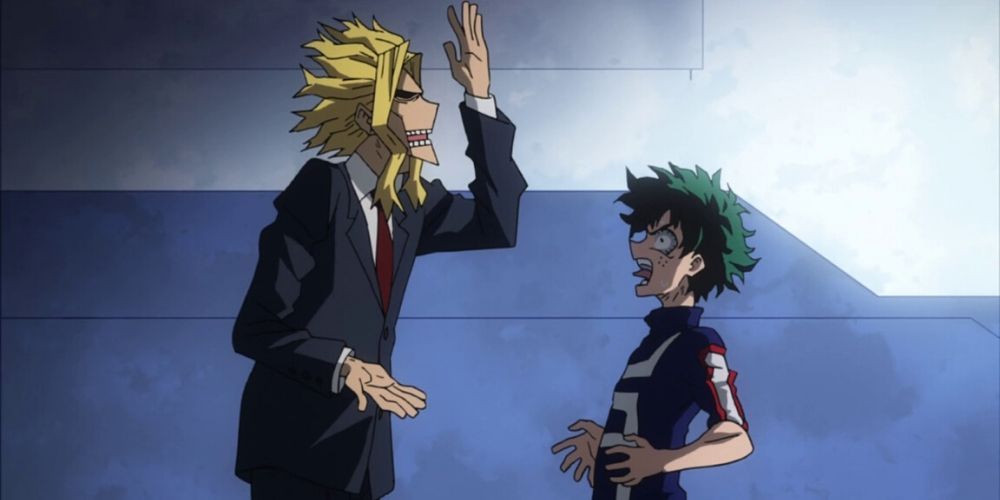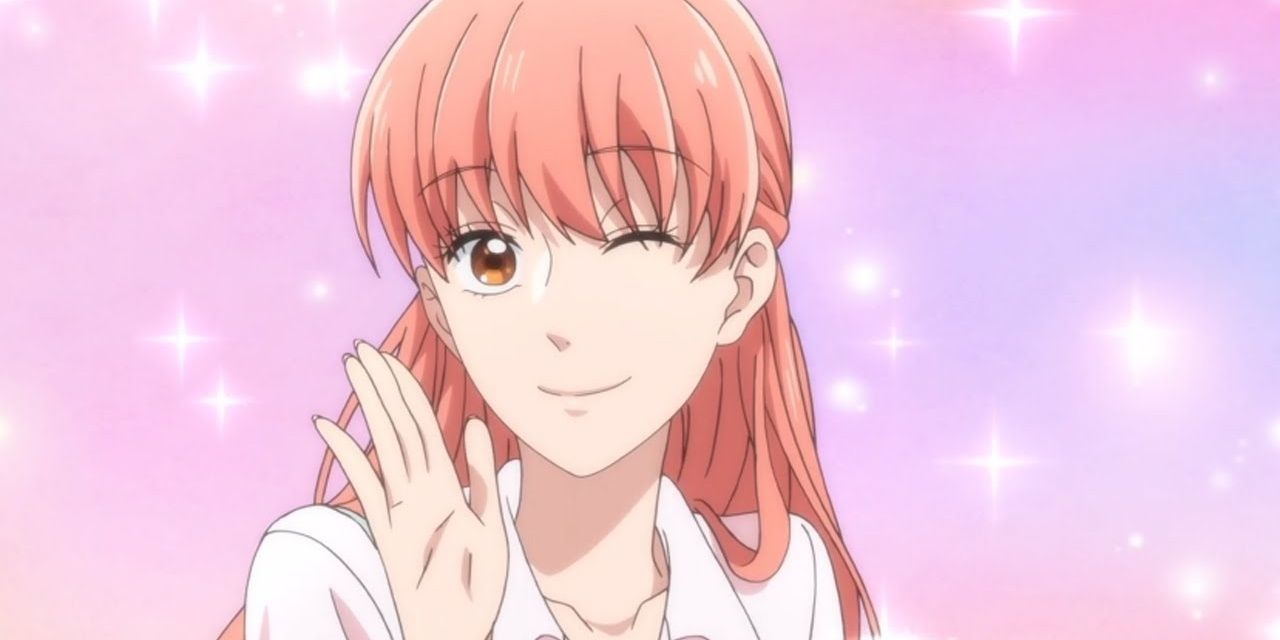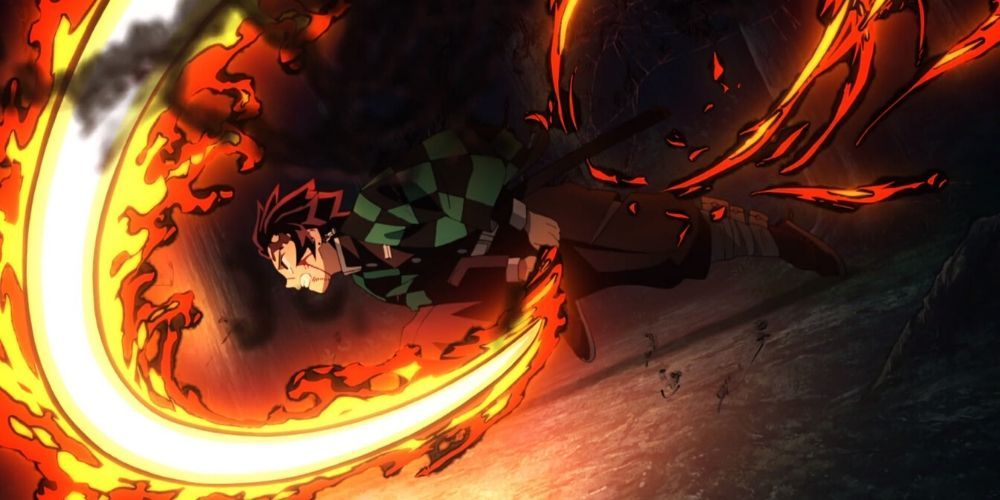Japanese anime has been wildly popular for decades and it continues to be a prevalent force in the entertainment industry today. The surge of newer series like My Hero Academia and Demon Slayer mixed with the everlasting appreciation for shows like Naruto and Dragon Ball Z means the medium won't be fading any time soon.
Of course, after so many years and countless series, there are certain recurring themes that viewers can't help but laugh (or worse) at because they're so blatantly overused. Some tropes are so common they're bound to show up just about everywhere, whether viewers like it or not.
Update February 25th, 2022 by Louis Kemner: the world of Japanese animation is bigger and better than ever, and many anime series are redefining the possibilities with creative new premises, characters and themes. Then again, anime is famed for its many tropes, conventions and even cliches, some of which are anime staples and others of which have been done to death. In recent years, several more tropes have become expected elements, no matter the anime's setting or themes.
15 Generic, Self-Insert Protagonists
Self-insert is the phenomenon where a protagonist is generic and plain by design, so a reader or viewer can put themselves into that character's shoes for the sake of wish fulfillment. Anime isn't the only style that does this, but anime is notorious for doing it often, especially in the isekai genre.
Some characters are notorious for being self-inserts, with Kirito the black swordsman being a notable example. These characters tend to be adolescent males, but shojo series might also do this with its heroines — allowing female viewers to imagine the perfect male love interest fawning over them instead.
14 Spending The Day Goofing Off In Pseudo-Filler Episodes
This particular anime trope isn't known by a particular name, meaning it might fly under the radar for some anime fans, but it's still there. Many anime series dedicate an episode to the main characters goofing off all day, with shopping, errands, secret missions and amusement parks often being involved.
The characters might even compete with one another or spy on each other, and they'll get into all kinds of trouble in the process. Finally, evening arrives, and the characters finally get back together and clear up the misunderstandings. It's weird how often this happens.
13 Shouting Attack Names
Most often, it's shonen anime in particular that indulges in this trope, but other genres are known to do it, too. If the series doesn't involve actual magic or weapons, then the characters might punch, kick, or club one another and make up a silly name for it — often naming the attacks after themselves.
In shonen anime, this trope is pushed to 11. It's a famous cliche that characters simply must shout their attack's name for emphasis, even if they sacrifice the element of surprise by doing so. Evidently, techniques such as the Rasengan, Getsuga Tensho, Gum-Gum Pistol, and United States of Smash all demand it.
12 Teenagers Who Can Save Or Change The World
It's common to see young characters saving Planet Earth long before they get their diplomas. This trope is something anime shares with Western young adult fiction. Clearly, every adult is either too busy, too corrupt, or too dead to save the world and so it falls to a plucky young man or woman to do it instead.
Once again, it's usually shonen that does this, but all genres involve an adolescent leader who fixes the story's main problem — from defending Earth from monsters to healing a broken relationship or saving an industry from disaster. Heroes such as Ichigo, Luffy, Naruto, Yuji, and Soma Yukihira all fall into this category.
11 The Comic Relief Guy Who Might Also Be A Pervert/Gamer/Fool
Most anime series need a comic relief character who dispenses nonstop gags and pratfalls. Most often, this character will be a goofy fellow who lacks a serious character arc because his "funny guy" role is his entire personality. Some series may go further than that, but not much.
These funny guys tend to be energetic, talkative and whimsical, and they might even be treated as a punching bag at times. They tend to be rather dense or foolish and thus get mocked for it. They might even be a hardcore gamer who's criticized for putting absolutely everything into video game terms, or someone who acts like a downright pervert.
10 Tsundere Characters Are Sweet & Sour
A tsundere is a character who starts off as bitter or aloof towards their love interest. They proceed to warm up to said love interest over the course of time, but they regularly alternate between their conflicting feelings. It's a strange mix of stubbornness, passion, denial, and arrogance.
It's almost guaranteed that any anime an anime fan watches will contain at least one tsundere. They're generally utilized as gateways for humorous dialogue exchange, though their inner turmoil will affect their decision-making during dangerous or dramatic situations. Some of them do have their kinder side, though.
9 Ridiculous Power Scaling
It's a rule of thumb that the hero will be the strongest or smartest character in their anime and defeat any antagonist that directly challenges them. They might struggle at first or they might not make the best choices, but they're the protagonist for a reason. Victory is essentially guaranteed thanks to the ridiculous power scaling trope.
The hero will receive inexplicable power-ups with every top-tier villain they encounter. If the main character is having a rough time, a side character viewers completely forgot about will suddenly be strong enough to fend off the overpowered villain — even though the foe should be way out of their league. When did they get so competent? No one knows, but honestly... it doesn't usually matter.
8 Expedited Training Sequences To Maintain Pacing
Any anime with fight sequences or tournaments will inevitably feature a good ole' training sequence or two. There's usually a sensei involved that will go on a spiel about how difficult their coaching will be, or how no one is able to complete it within X amount of time.
Naturally, the protagonist is in the midst of a time crunch, so they need to master everything right now. And they always do — very rarely will the main character train for the proper amount of time to gain certain skills. It's a ubiquitous trope that is represented by characters like Ichigo Kurosaki, Naruto Uzumaki and even Yuji Itadori.
7 Weak Female Characters
Weak anime characters come in all shapes, sizes, and genders, but women are known for getting the short end of the stick more often than not. Some of them are introduced as relatively useless, but they eventually expand on their strengths. Others solely exist to be saved by the protagonist — a damsel in distress, so to speak.
Even when a female character is powerful enough to hold her own, she'll always be weaker than whatever major villain is being confronted. The female character maintains a level of vulnerability, whereas a knight in shining armor is necessary to finish the job regardless. Fortunately, characters like Nobara Kugisaki and Mirajane Strauss resist this trend.
6 A Fixation On Oppai
Anime fans might have heard or seen the term "Oppai" before, perhaps because of merchandise like the hoodie that One-Punch Man's Saitama often wears. To put it simply, the word refers to breasts, especially large ones.
Nine times out of ten, a female anime character will be very well-endowed in the chest area. On top of that, she'll probably be wearing an extremely revealing outfit, whether it actually makes sense or not. Cleavage is one thing, but "armor" or "gear" that exposes just about every inch of skin doesn't seem too beneficial. Yet, this trope still persists in anime, video games, manga, etc.
5 Non-Existent/Absent/Dead Parents
Comic books are a steady source of parent-less protagonists, and any fan would have a hard time naming more than five comic superheroes whose mother and father are still around. Nonetheless, anime has proven just as adept at making sure their young main characters thrive and explore the world without a single parental figure to answer to.
To add insult to injury, most anime parents aren't even dead. They're just utterly absent from the lives of their children. For example, Hunter x Hunter literally exists because Ging Freecss left poor Gon behind. Meanwhile, Izuku has never met his absent father, and Ichigo Kurosaki lost his mother when he was young.
4 Emotional Flashback Before Big Moment
Time and time again, anime has put us on the brink of something massive and then pulled us back for a mood-changing recollection. It could be a big reveal, a highly anticipated battle, or the introduction of a new character. It's incredibly likely that a pause will occur beforehand for the sake of an emotional flashback.
These aren't always pointless and they tend to cover a character's backstory or the decisions that led them to their current state. They'll occasionally draw tears from viewers and make their subject more relatable, which adds to the personality of the series as a whole. Van Hohenheim had an interesting flashback, for example.
3 Monologues For Exposition
Anime plots usually get a little convoluted, especially when unique powers and skills are brought into the equation. Most of the top-tier popular series have a long list of user-specific abilities that fans will need to remember. How does one keep up with all those superpowers and the multiple storylines? Monologues, of course.
Whether they be internal or external, anime monologues are a necessary but sometimes annoying trope. They're utilized to clarify certain actions or plot points, but they can also be a bit intrusive if done at inopportune moments.
2 The One Girl Who Obsesses Over Romance
Some female anime characters aren't just compassionate or friendly — they are downright obsessed with romance and finding love. Sometimes, that's the only thing these characters are known for. These anime girls are determined to ship anyone and everyone, and they might be rather vocal about it, too.
These girls are the type to think "Gasp! Could they be in love?" if two other characters simply share a glance, and they might actually do something about it, too. Narumi Momose acts like that in Wotakoi, and My Hero Academia's Mina Ashido sees romance everywhere she goes. Even Kaguya Shinomiya is part of the "we love romance!" club, as is Ayame Himuro.
1 Character Unlocks Secret/Forgotten Power Just Before Defeat
This trope generally ties in with several related ones. The hero is exhausted, their powers are depleted, and they're about to be defeated by the opponent who currently has the upper hand. Cue the emotional flashback (accompanied by a touching monologue) that reminds the hero of who they are, where they come from, what runs in their blood, and so on.
After that's said and done, the opponent will likely hesitate instead of capitalizing on their opening and the hero will summon a chunk of adrenaline-fueled strength or a suitable skill that lay dormant until that very second. As common as this trope is, it always makes for an unforgettable fight sequence.

